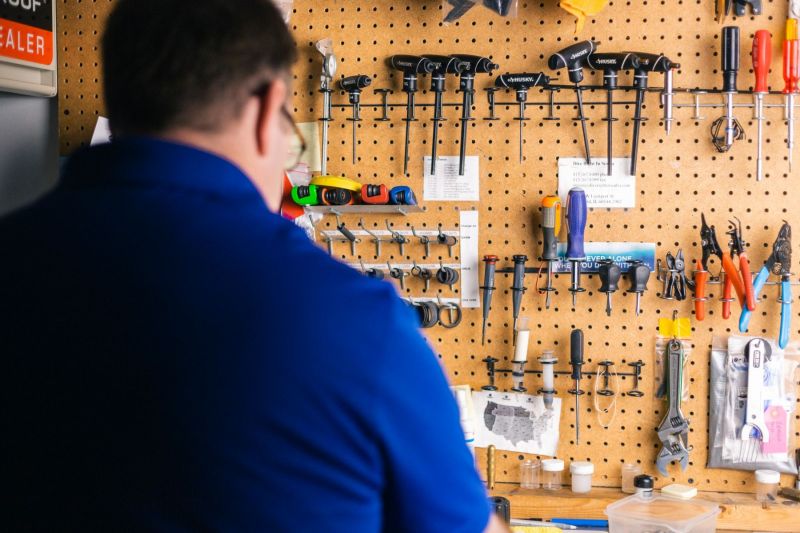keyshunter
Contributor
Actually, the Titan LX and Legend use the same second stage kit as most of the Apeks seconds. I maintain 4 Titan LX's (3 old style and 1 new) and 2 Apeks XTX's. Can't Talk... Diving is correct. The shuttle spring adjustment requires only a hex wrench (if an adjustment knob is not installed). The cross pin is not involved.It seems both Aqualung and Apeks are very similar.
When my Apeks 2nd stage started to leak I would check the IP of the first stage first.
The seat in the 2nd stage needs to be replaced on routine full service. A cracked crown is possible but not very common.
I wonder if the OP is willing to roll up his sleeve and plunge into the unknown(not rocket science).





